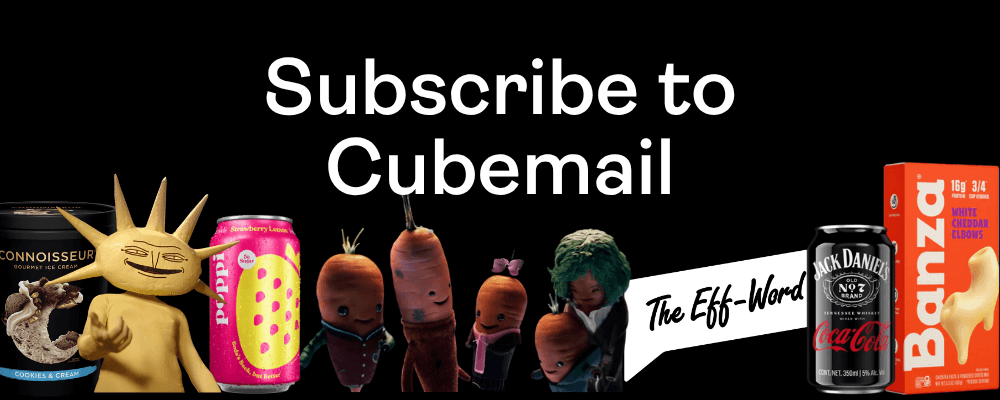
Unfortunately, Internet Explorer is an outdated browser and we do not currently support it.
To have the best browsing experience, please use Google Chrome, Firefox, Microsoft Edge or Safari.
We use cookies to improve your experience on our website. By continuing to browse this website, you agree to our use of cookies. For more information, please refer to our privacy policy.

This is a self-funded case study using our packaging testing solution. Curious about the 9 essential ingredients for creating packaging that drives shopper growth? Explore our Packaging Effectiveness Playbook.
When it comes to designing packaging that has shelf presence, marketers must ask themselves two key questions:
There are of course many pathways and ingredients that can help brands strike the optimal balance — from distinctive color palettes to emotive imagery. But in order to elevate a packaging design from good to great, the challenge isn’t so much about how many of these ingredients to incorporate — rather, the interplay between them and their level of cohesiveness with one another.
Which brings us to Cheetos Mac & Cheese. We first tested the product as a new innovation when launched in 2020, with it exhibiting strong potential at the time. Fast-forward four years and the product is still going strong, albeit now sporting a fresh new look. But with the noticeable de-prioritization of iconic mascot, Chester the Cheetah (in favor of a gooey bowl of Mac & Cheese), we couldn’t help but wonder how this shift in priority impacted the pack’s on-shelf presence.
After putting both designs through a rigorous monadic A/B test using our proprietary 3Cs methodology, they were each warmly received — with the vibrant colors used across each variant helping deliver strong visual impact. But despite the new pack’s enhanced food imagery taking center stage, it was Chester — munching into the delicious snack — that remained the key focal point.
With Chester featuring much more prominently on the old packaging it helped add an extra layer of fun to the proposition, while simultaneously highlighting Cheetos’ most distinguishable cue. This not only triggered much faster recognition for the old pack, but it also amplified the novelty of a Cheetos product being available in the ready-to-cook pasta meal aisle.
While both packs proved successful at meaningfully differentiating Cheetos from other Mac & Cheese products available on-shelf, it was the old pack’s better conveyance of taste and fun that better tied into people’s key needs within the category — ultimately leading to stronger predisposition to purchase.
Of course, it should be acknowledged that the status quo is generally favored when it comes to a pack redesign, with people typically gravitating toward what they are most familiar with. However, in this case, the strengths of the old design — and the subsequent impact of deprioritizing them on the new pack — are clear. The heavy focus on bright colors and appetizing food imagery — while undoubtedly crucial — came at the expense of other more important elements.
By prioritizing ease of recognition and better cueing Cheetos’ playful personality (along with the boldness of flavor options), it was ultimately the previous pack that proved to be the better-balanced design. Taking a step back, perhaps this drop-off is obvious in retrospect: Would Frosted Flakes cage Tony the Tiger? Would KFC relegate Colonel Sanders to the bucket? Would Duracell let the batteries go flat on their Bunny? Very unlikely — on all fronts! A near universally known and loved mascot is a rare beast, with Cheetos providing a case study on the perils of underestimating their importance.
.png)
Want to test your own advertising, packaging, or product ideas? Cubery combines a team of creative effectiveness experts with cutting-edge technology, bridging the gap between creativity and commercial impact. Get in touch to learn how we can unlock growth for your brand.
